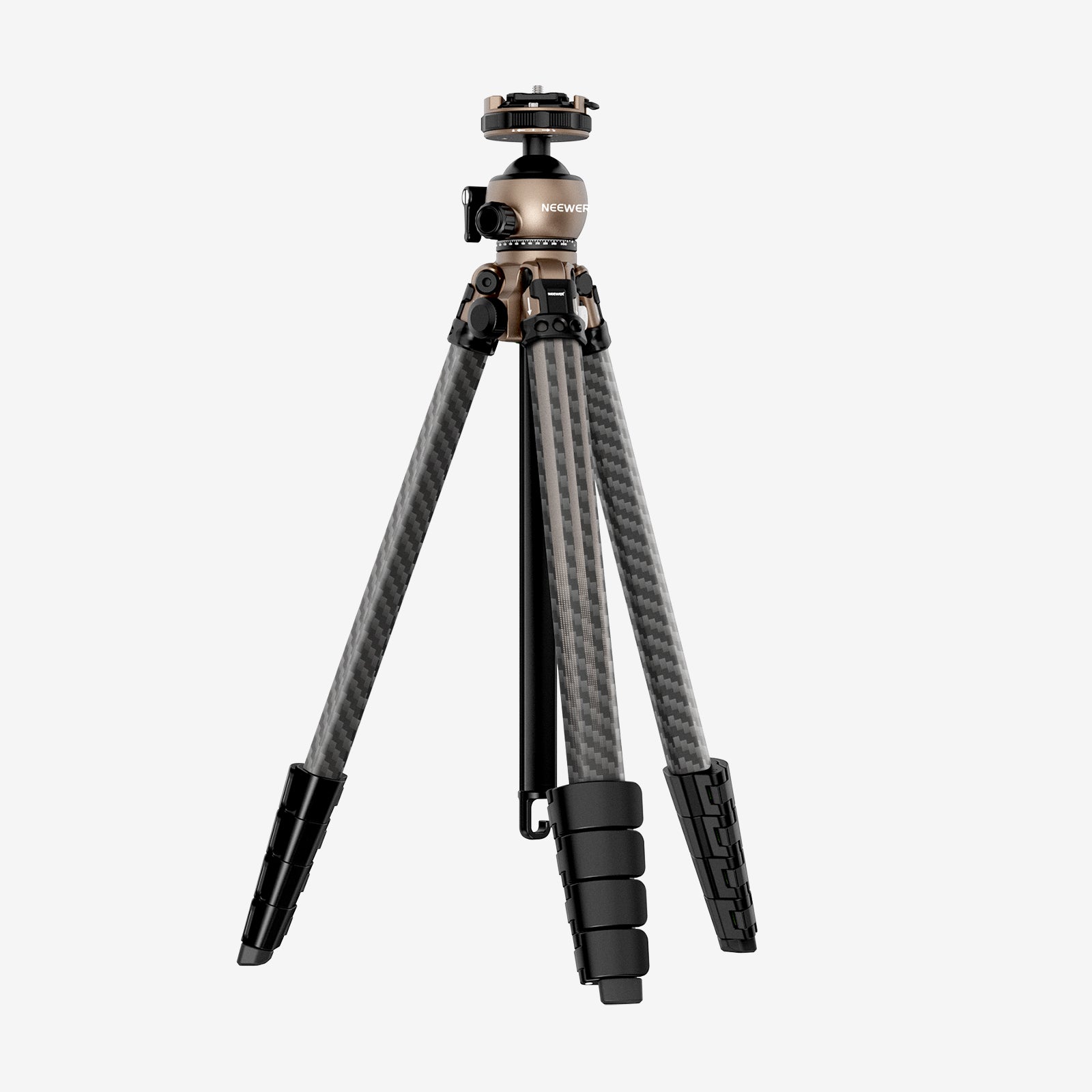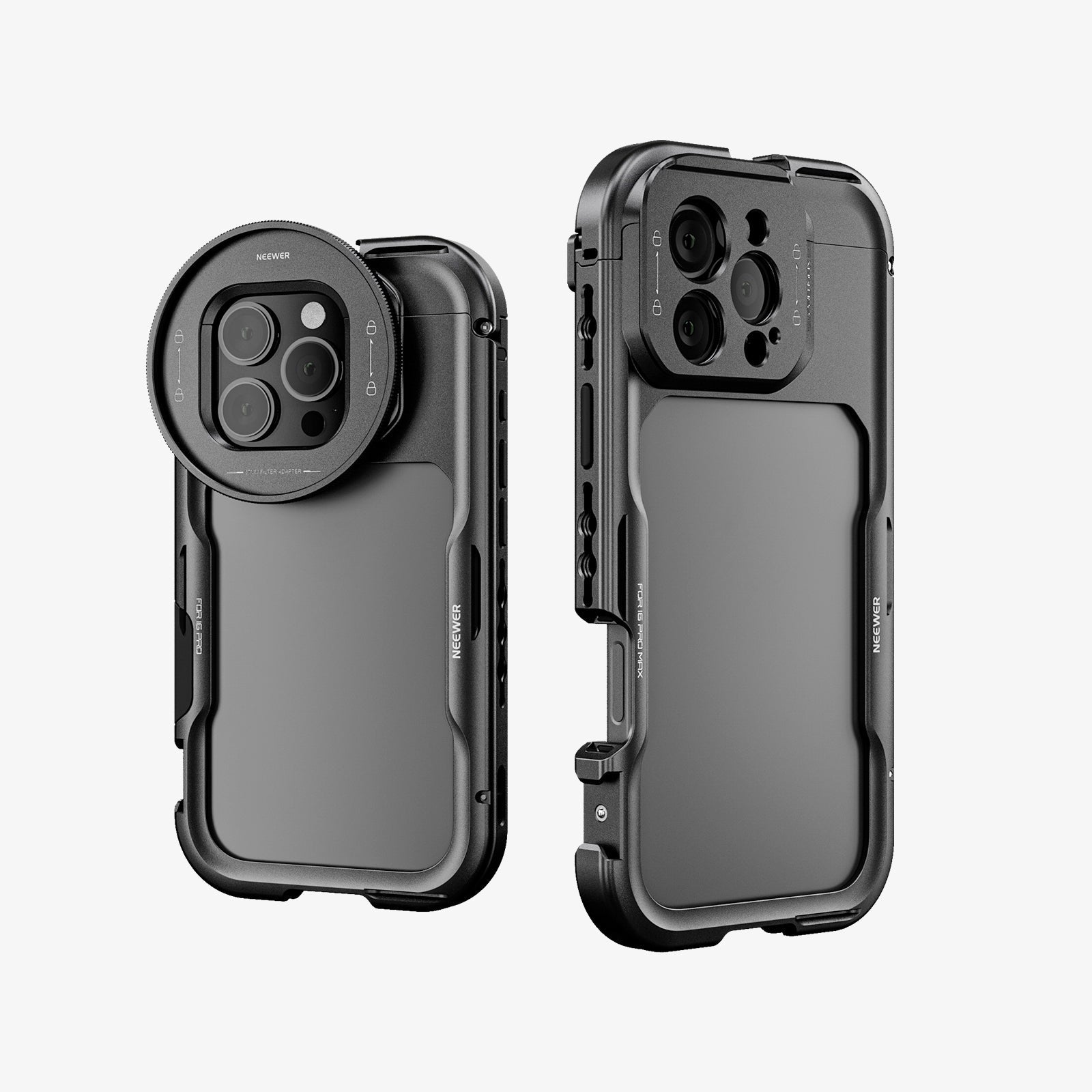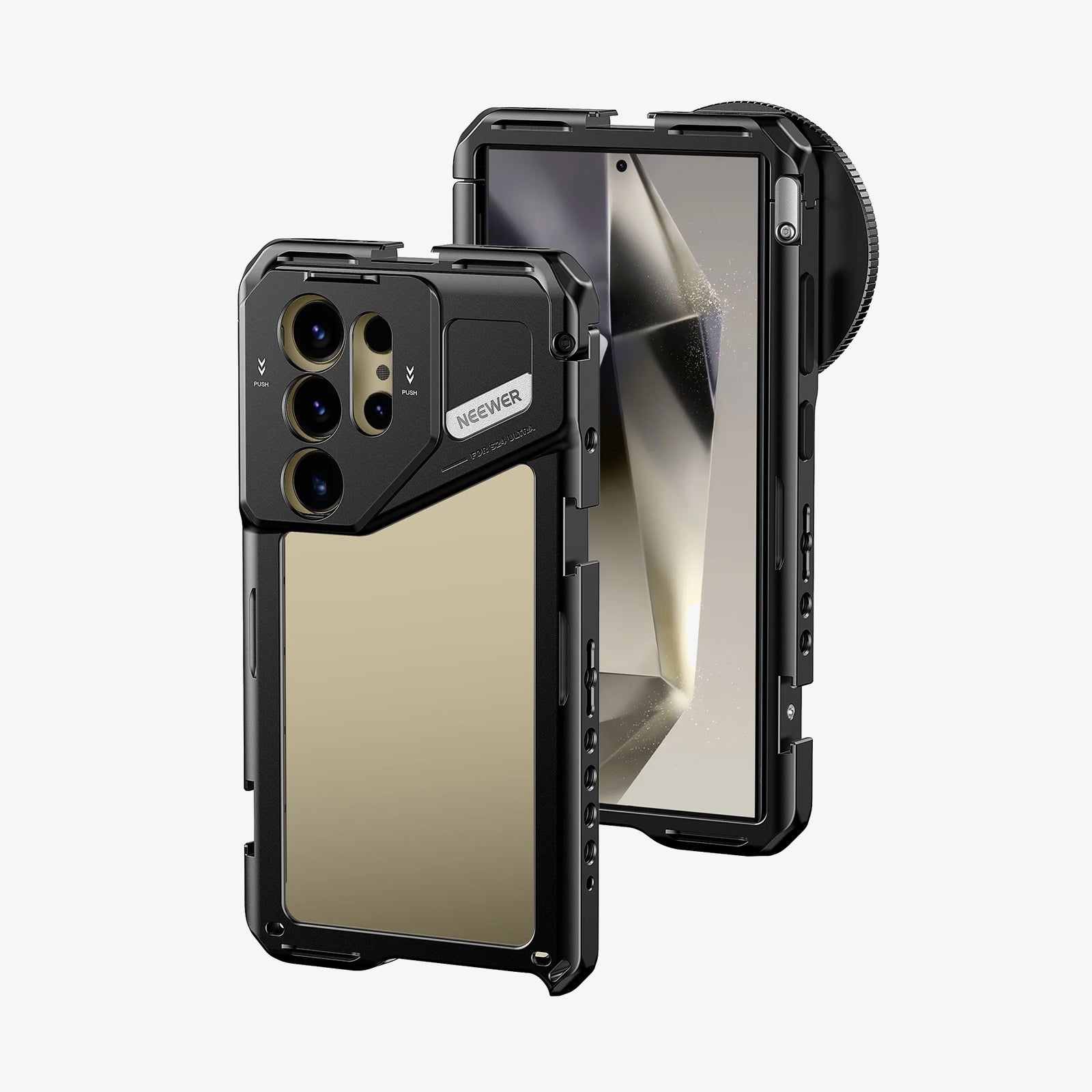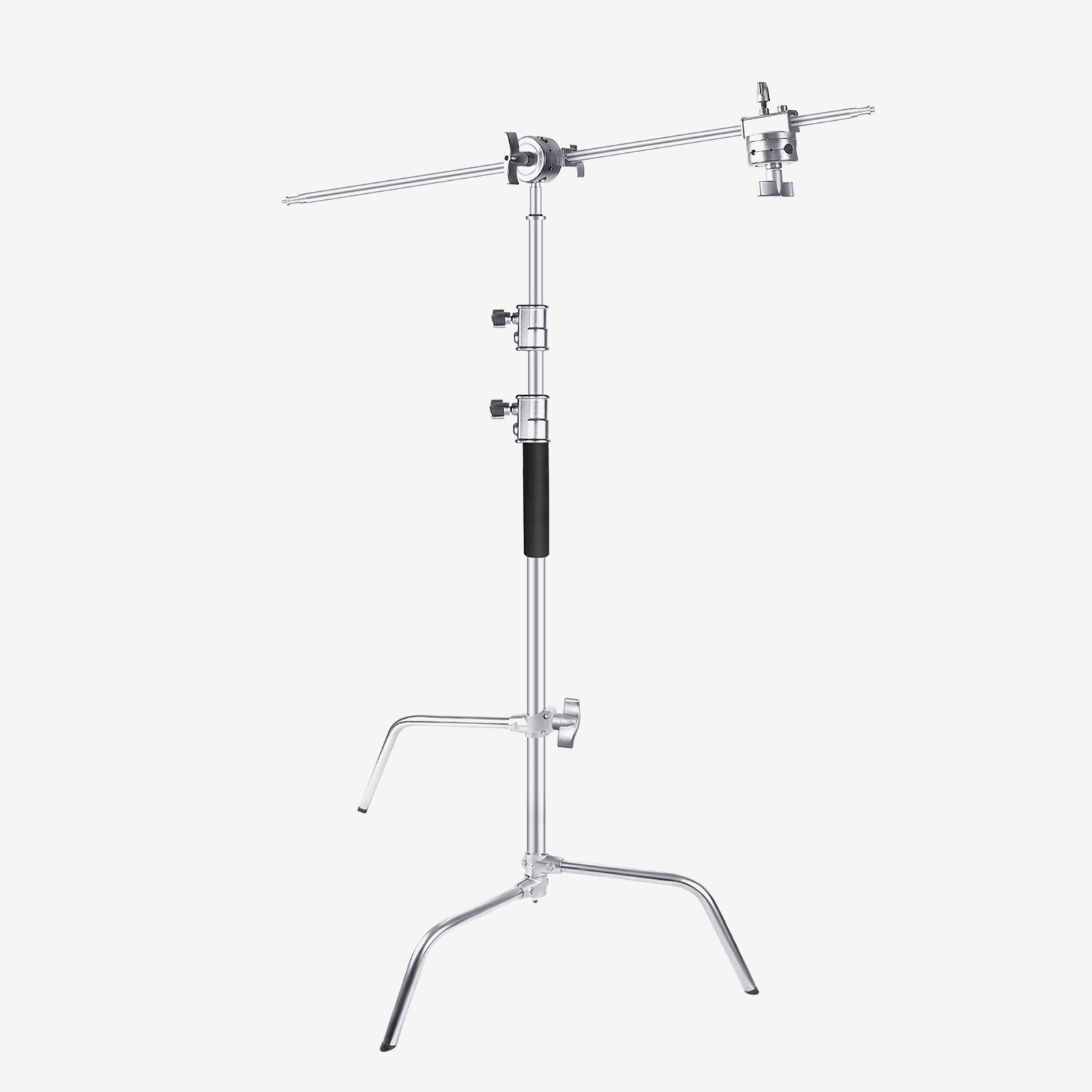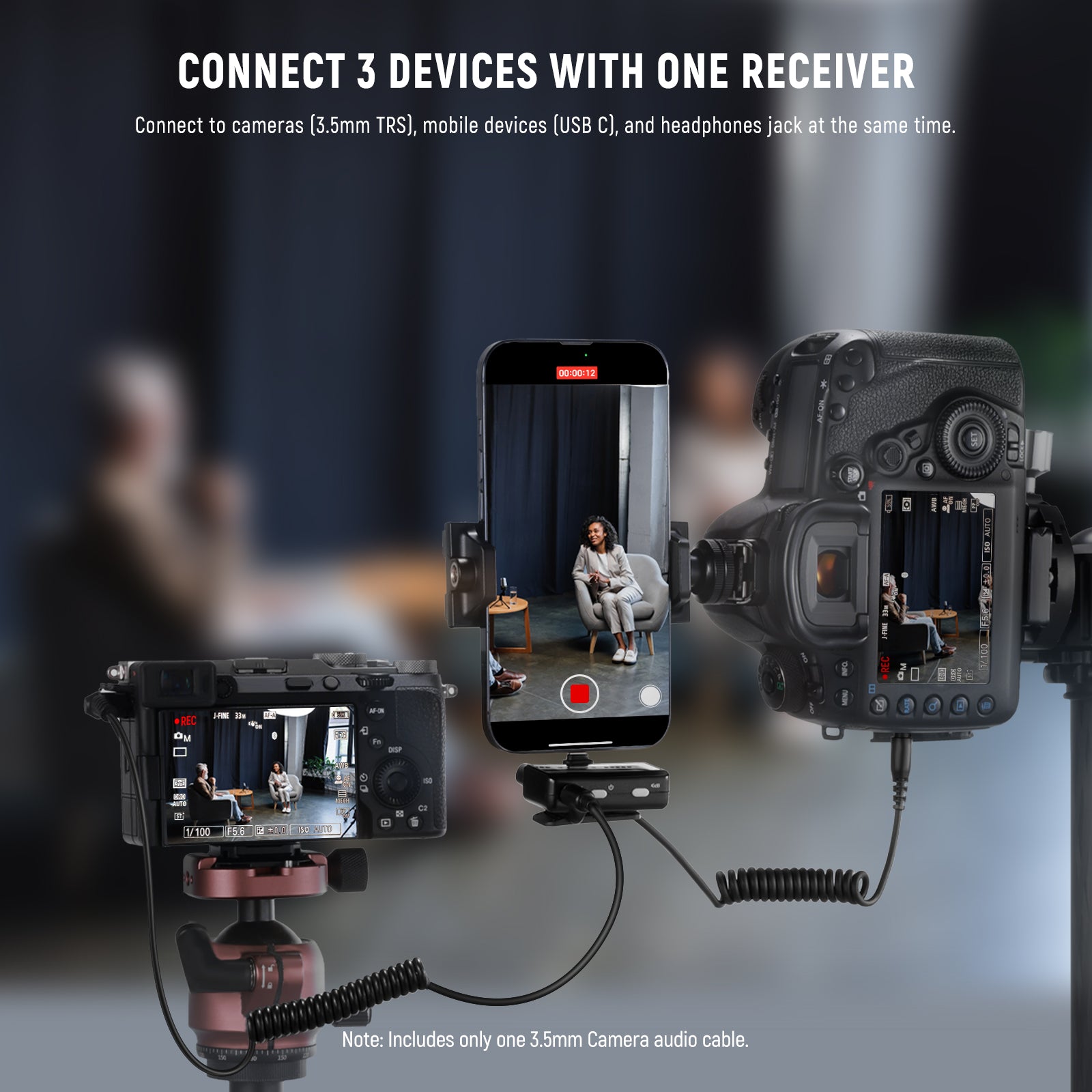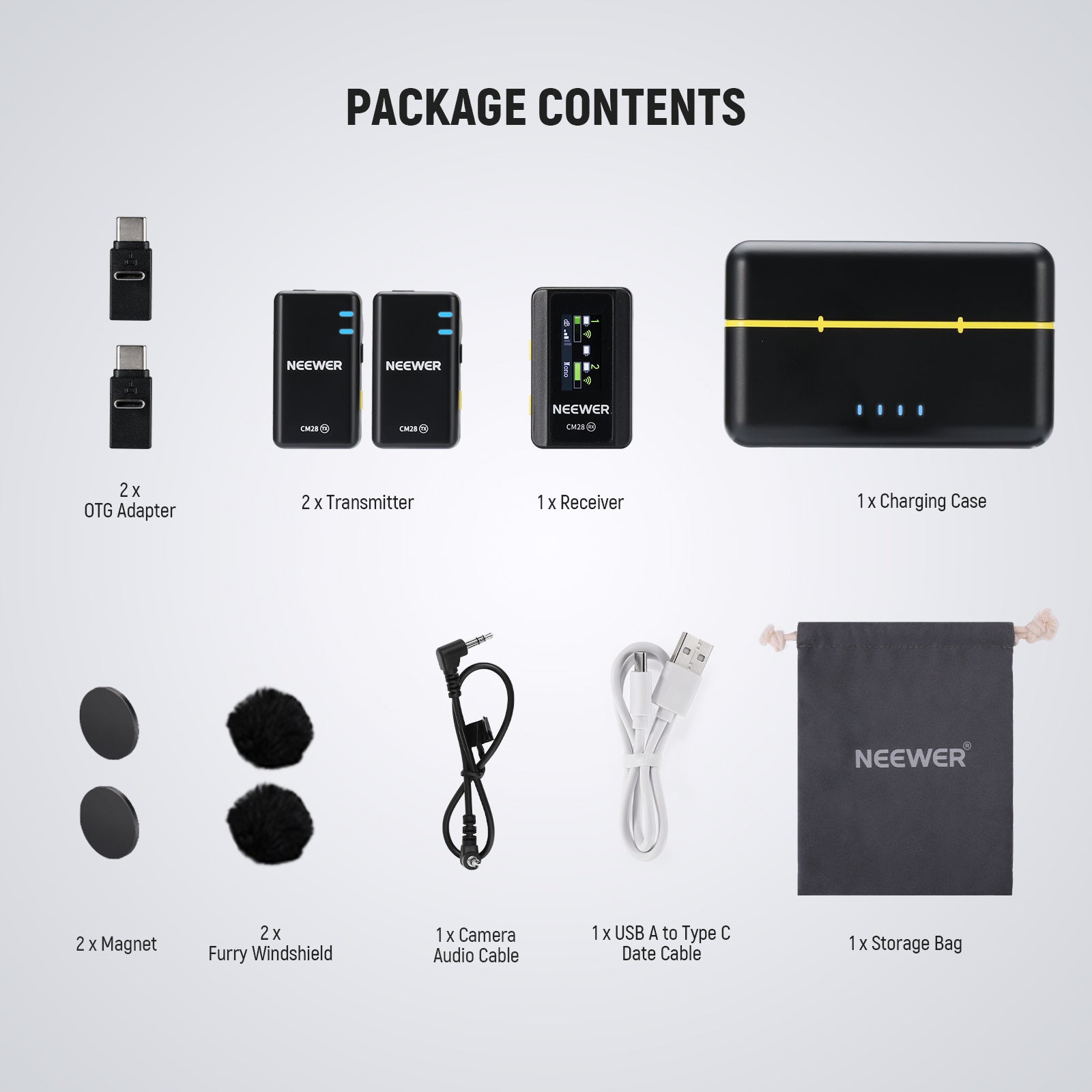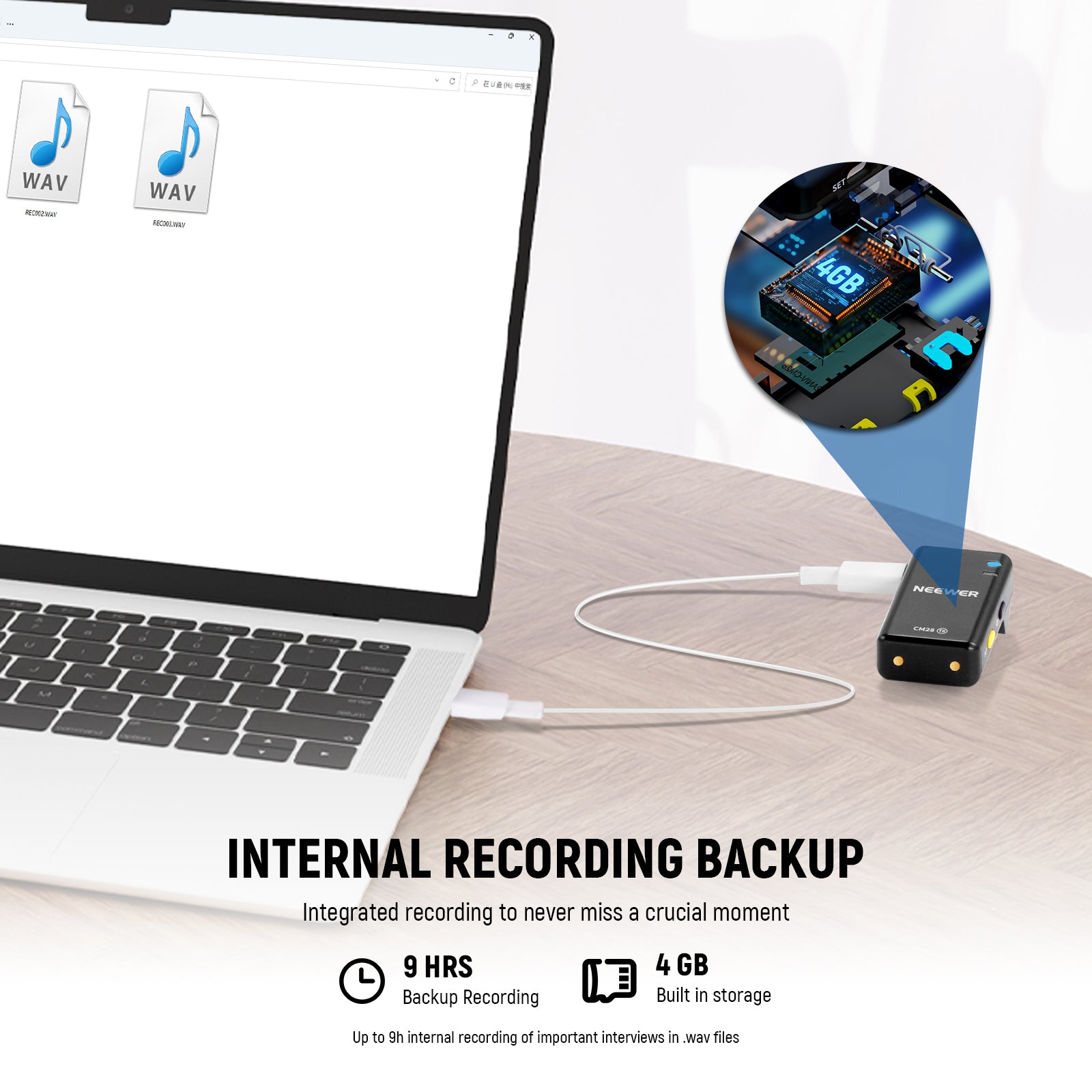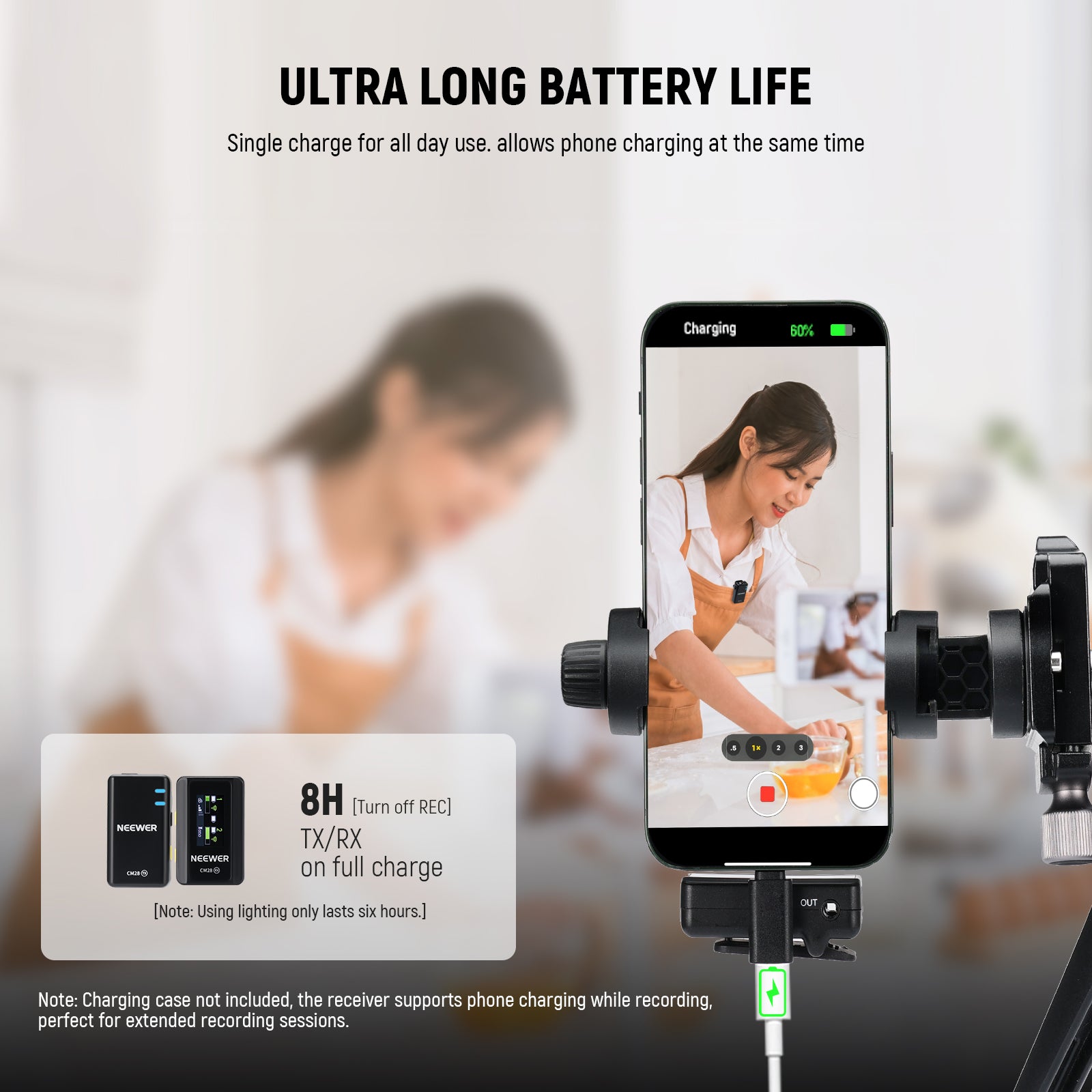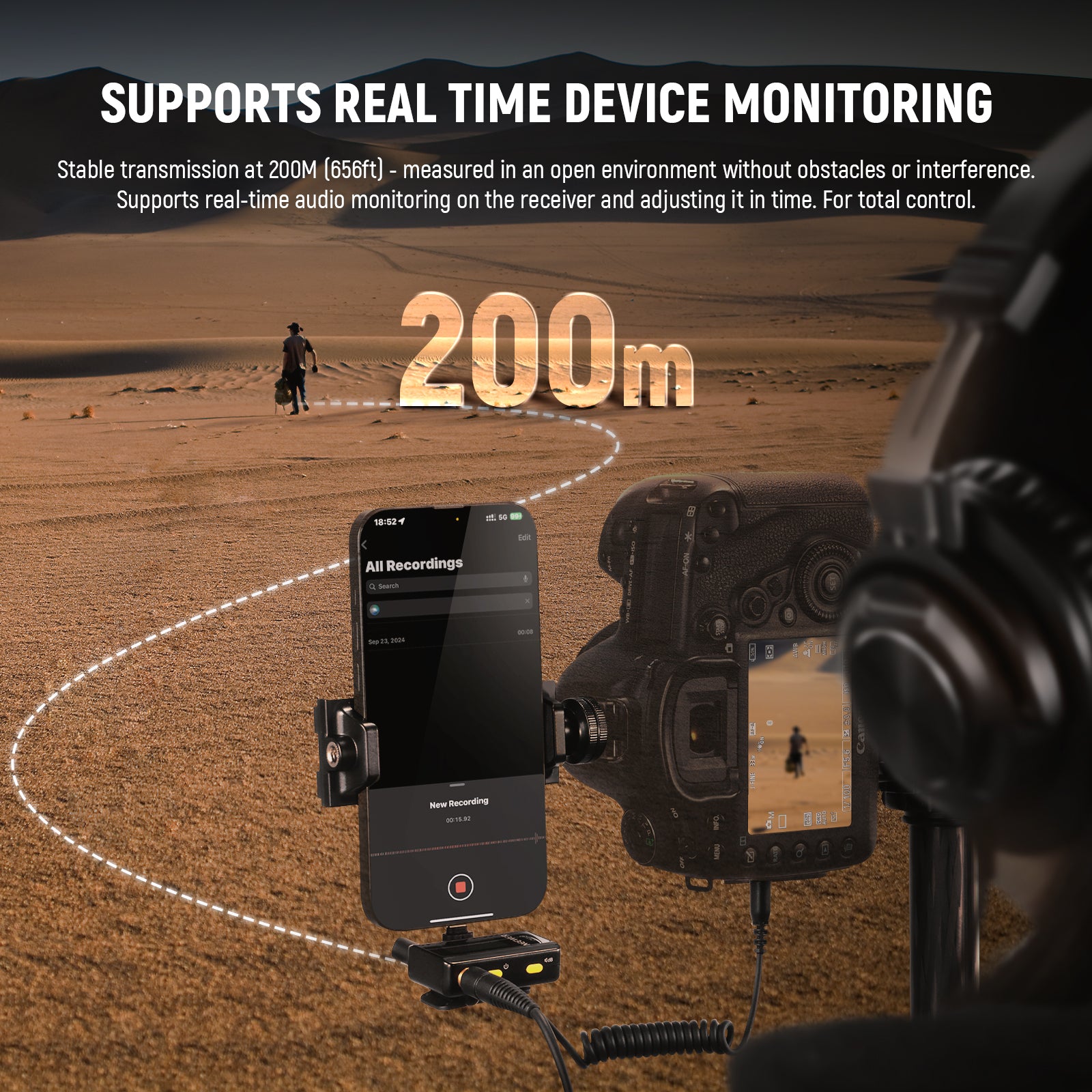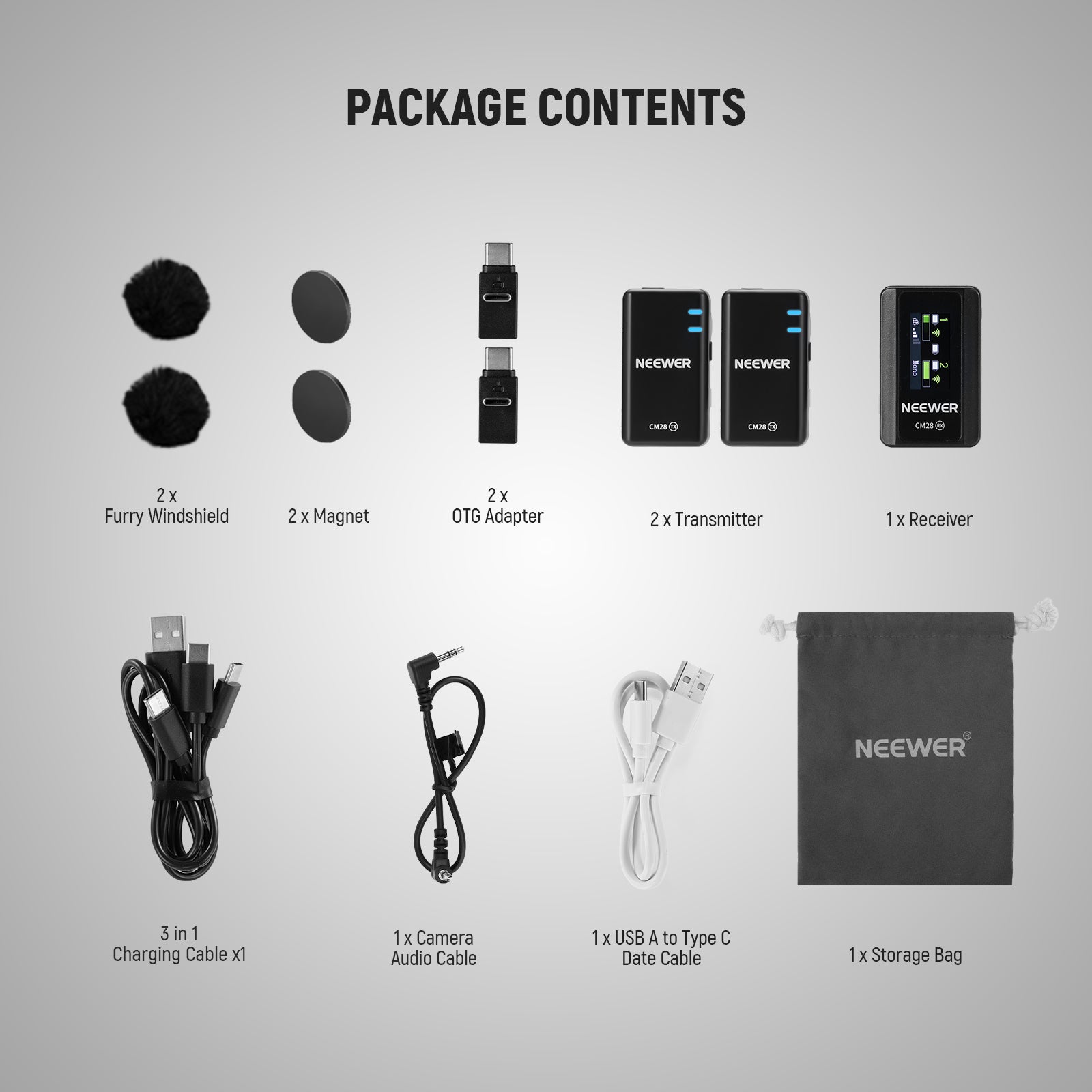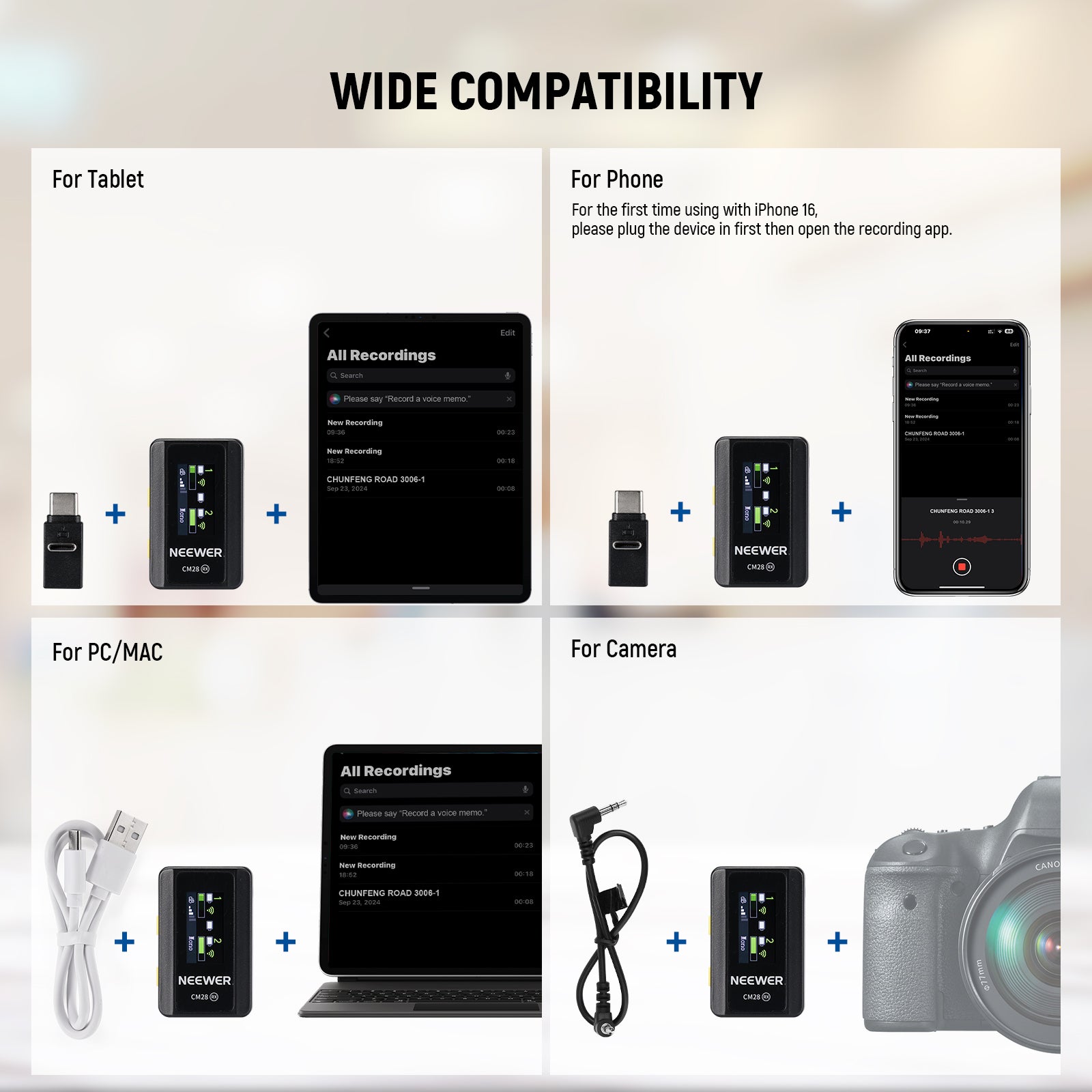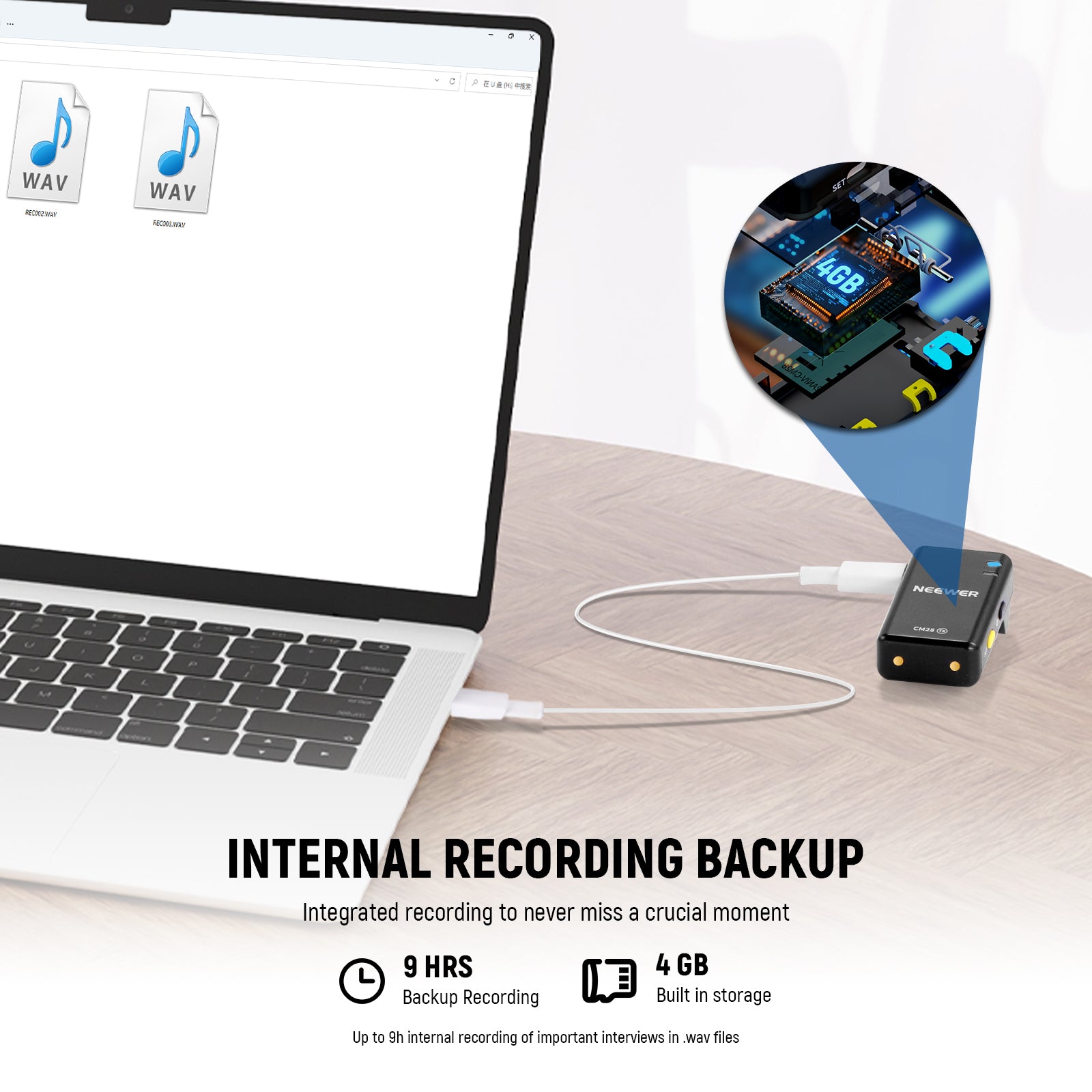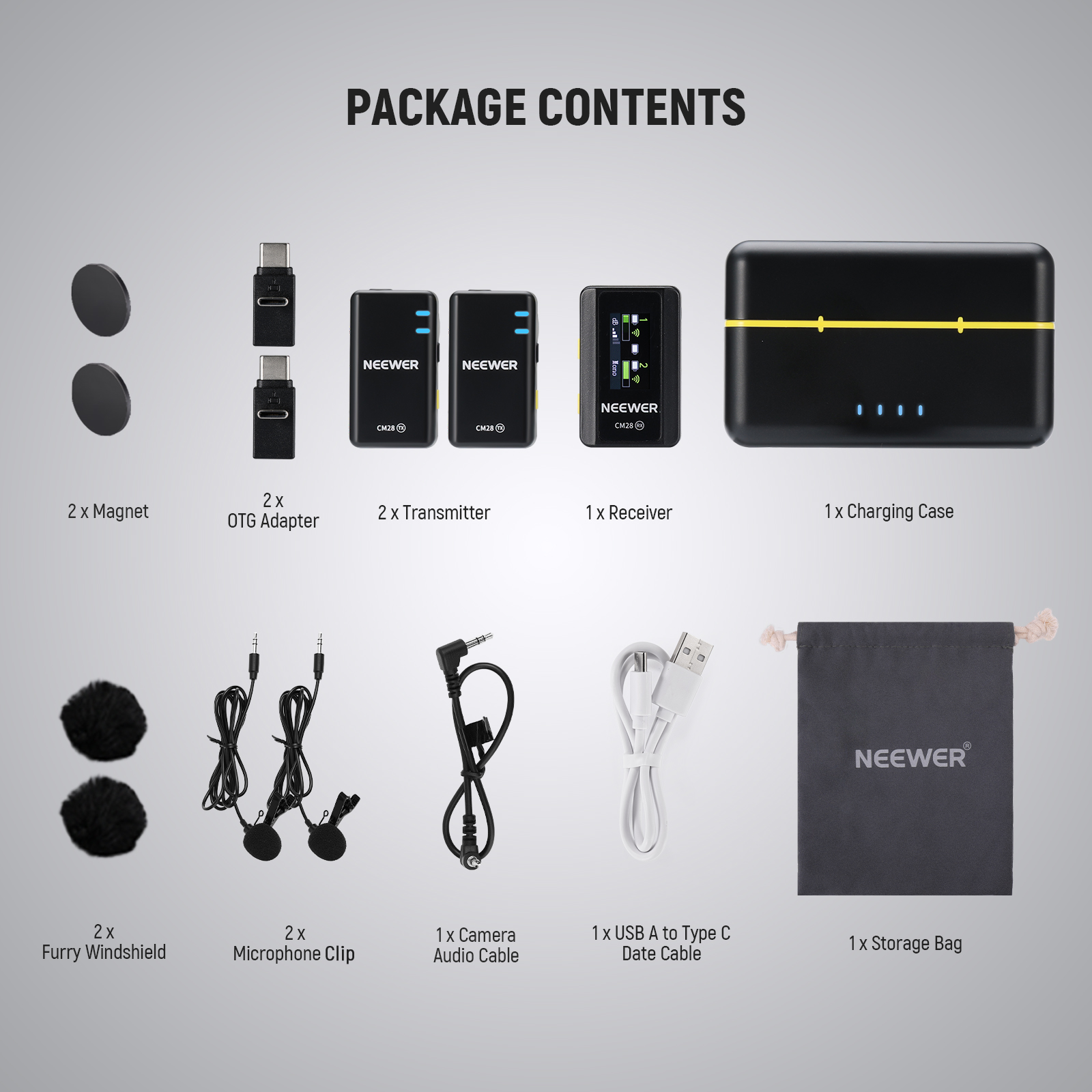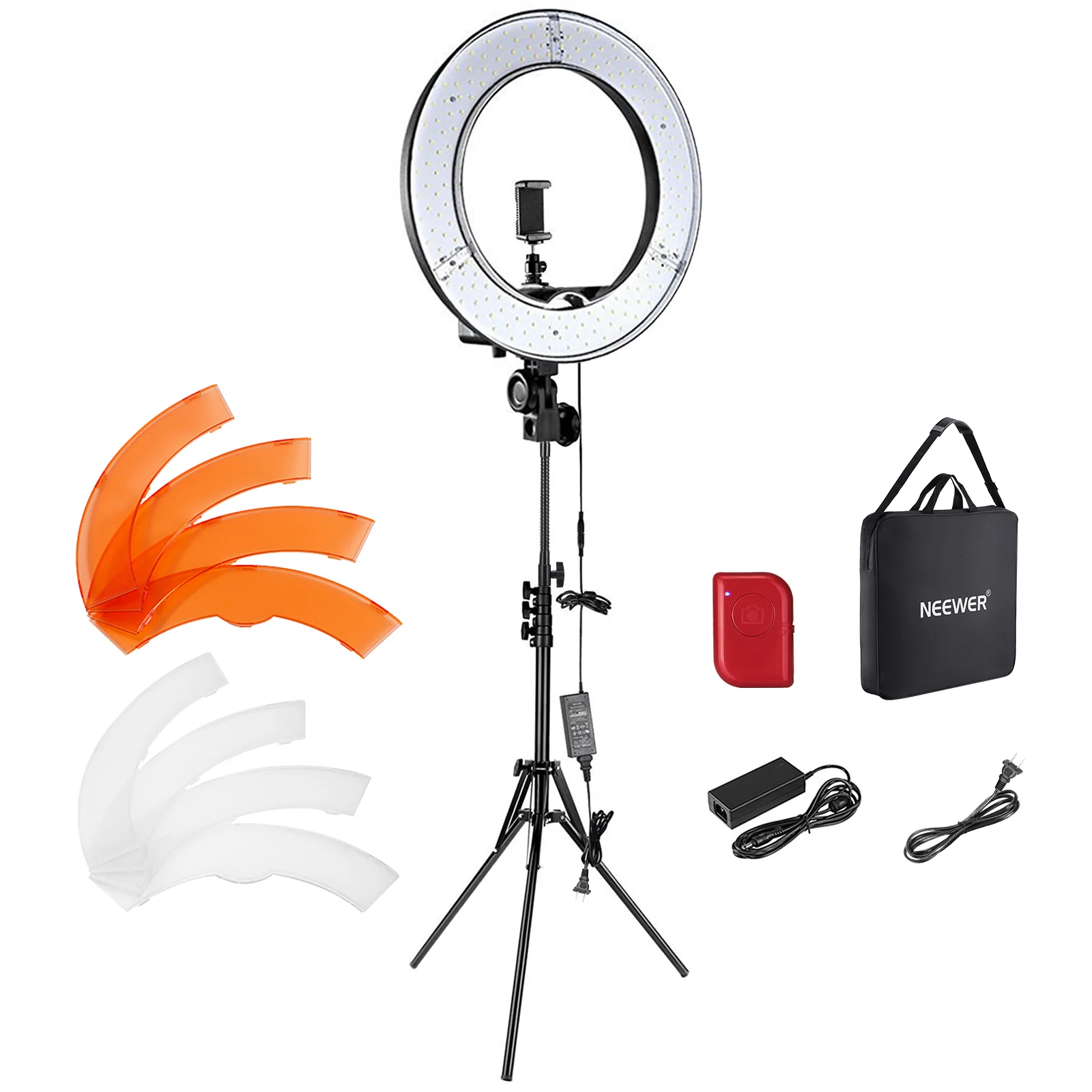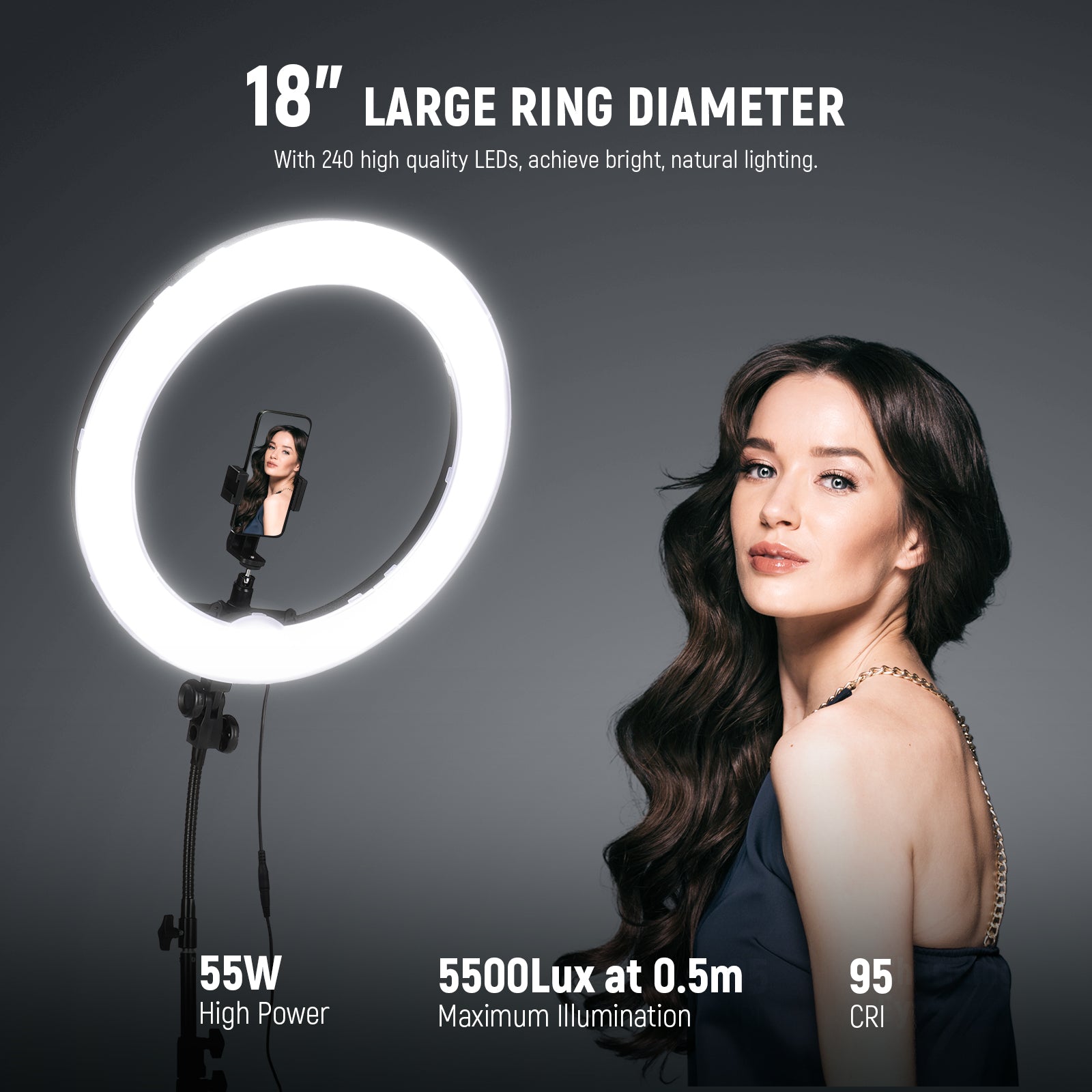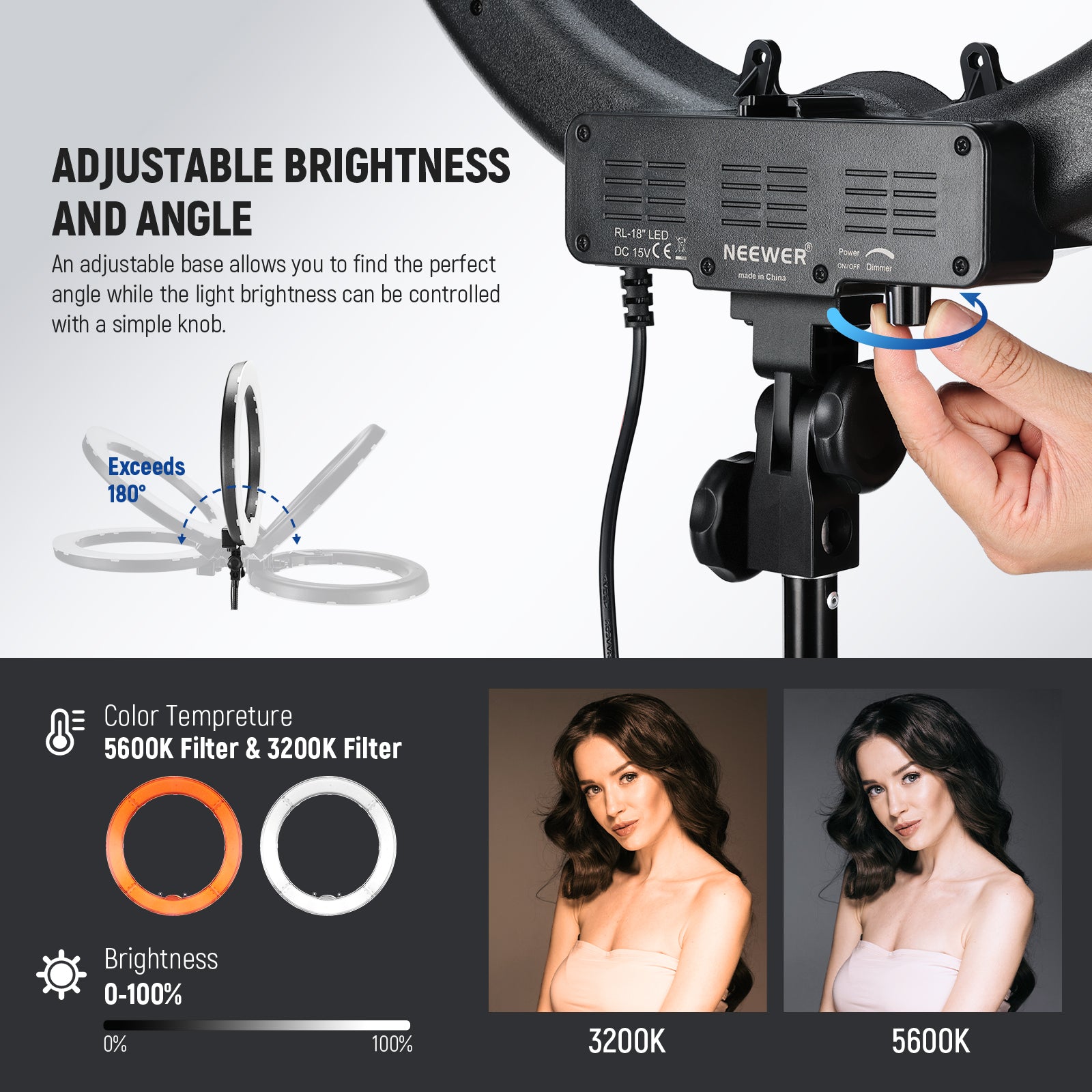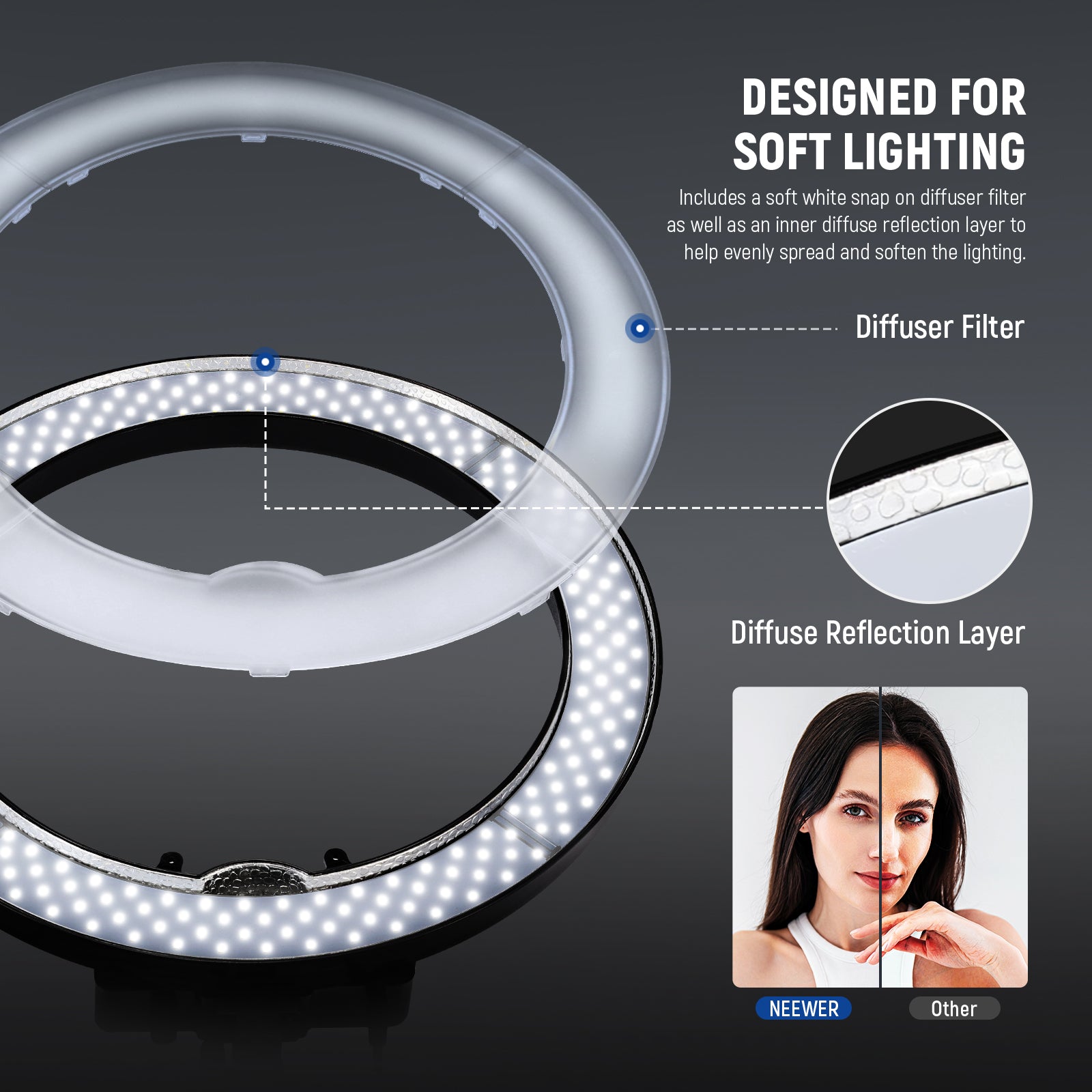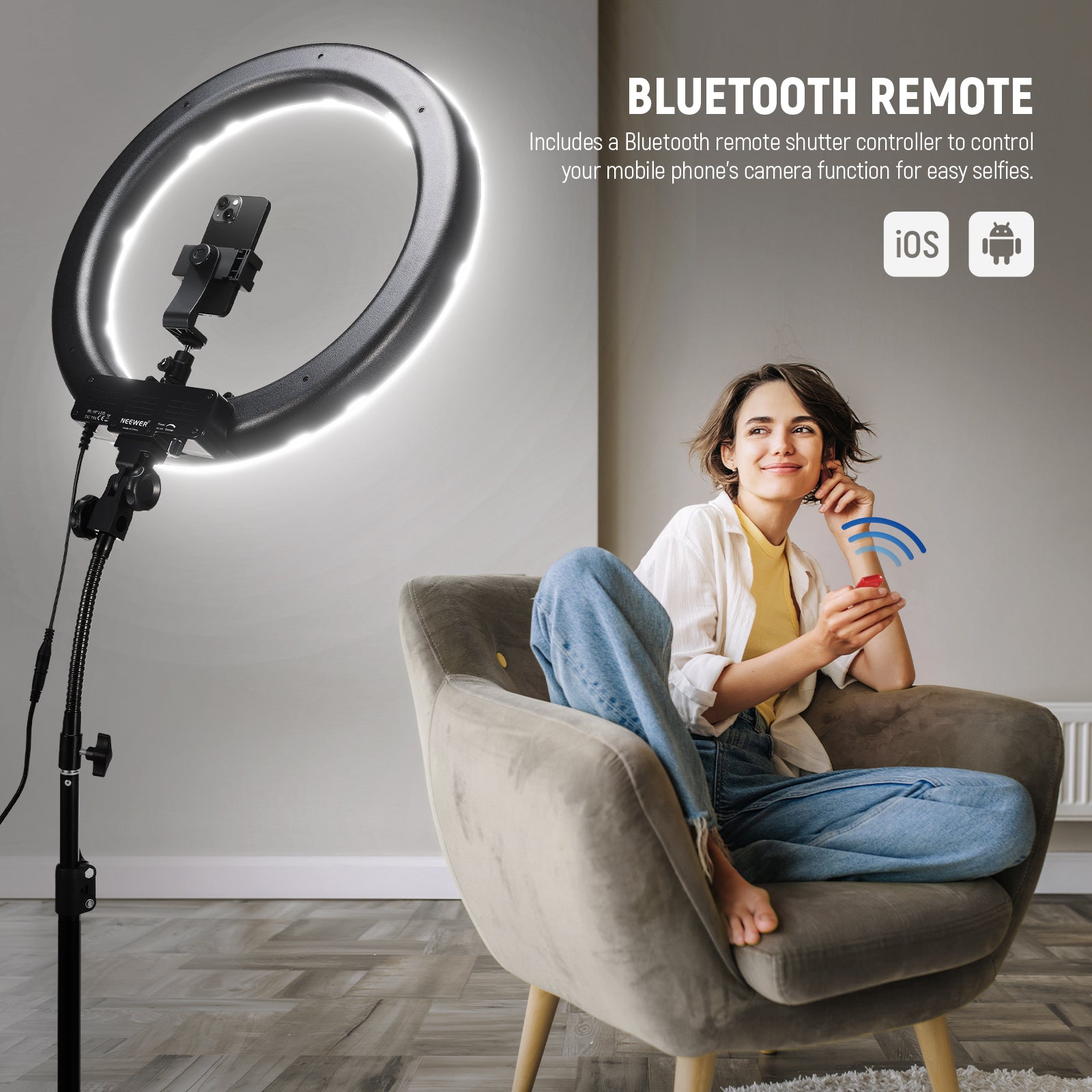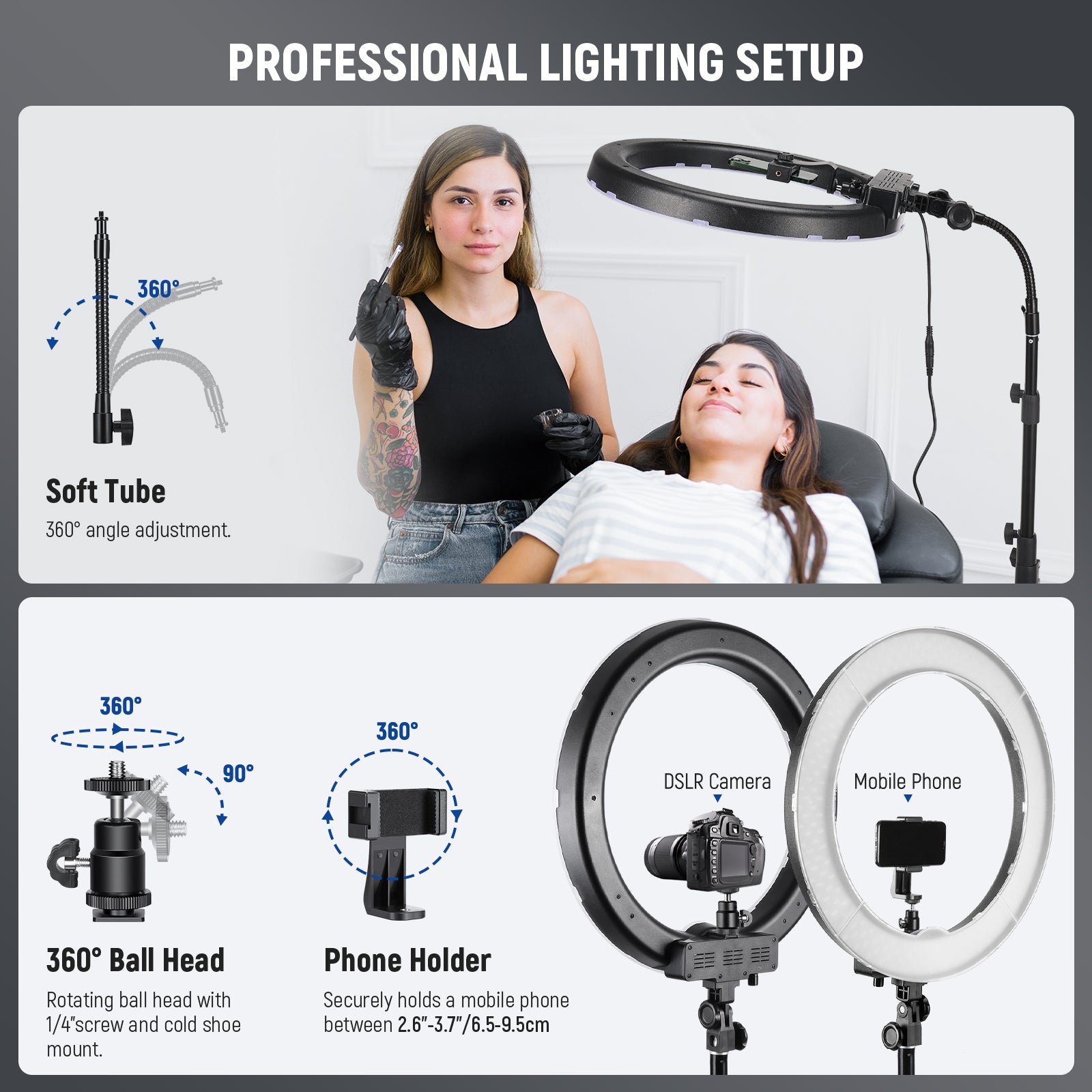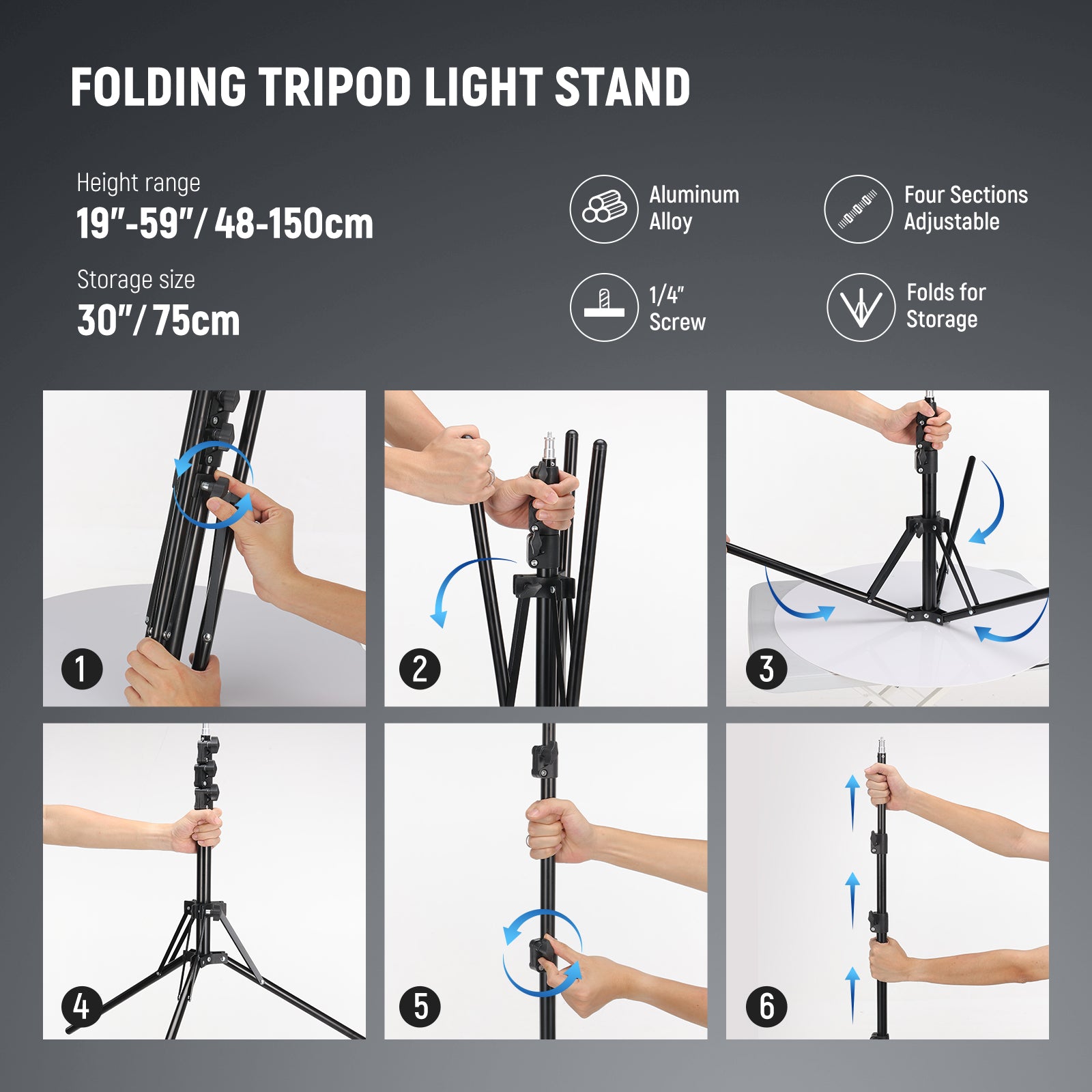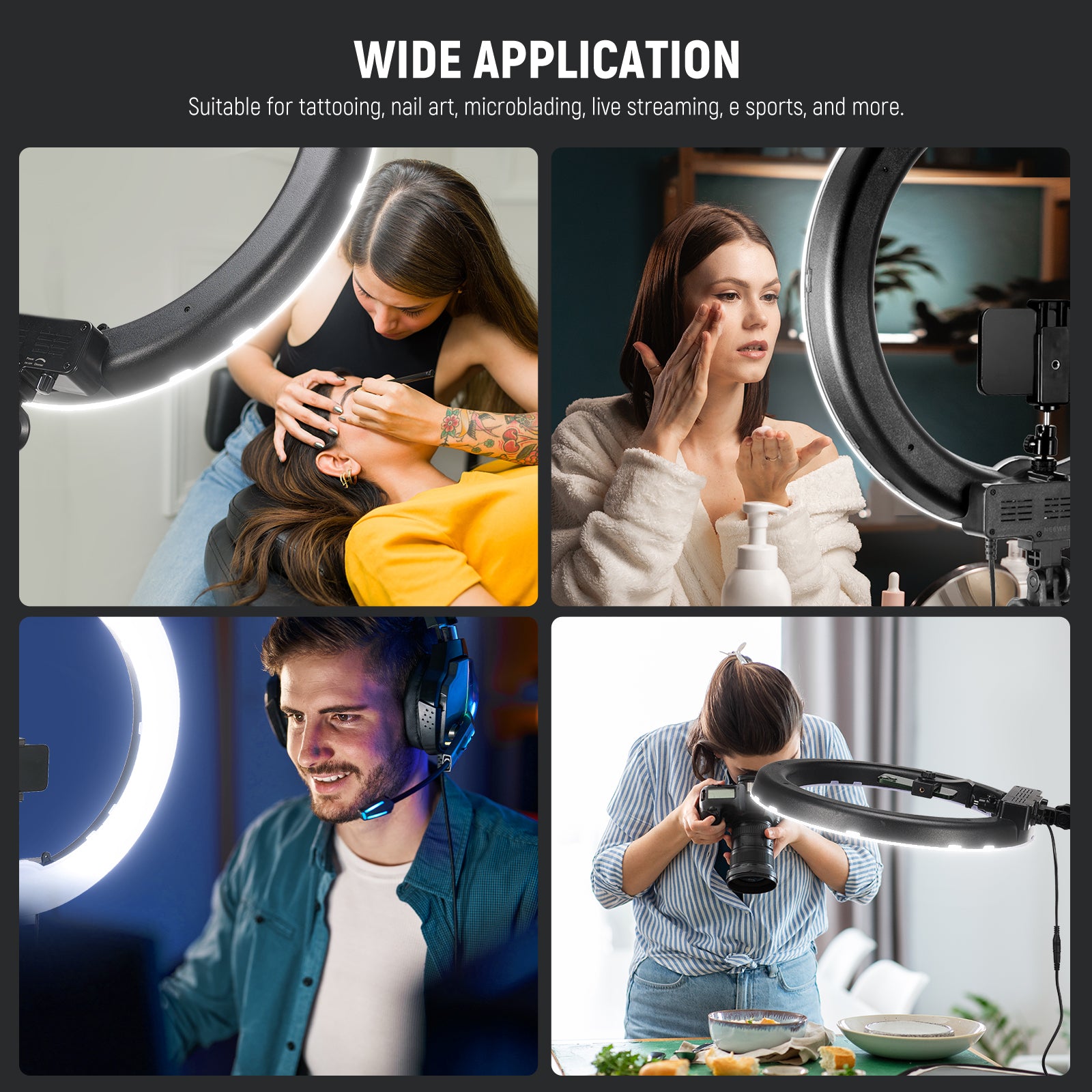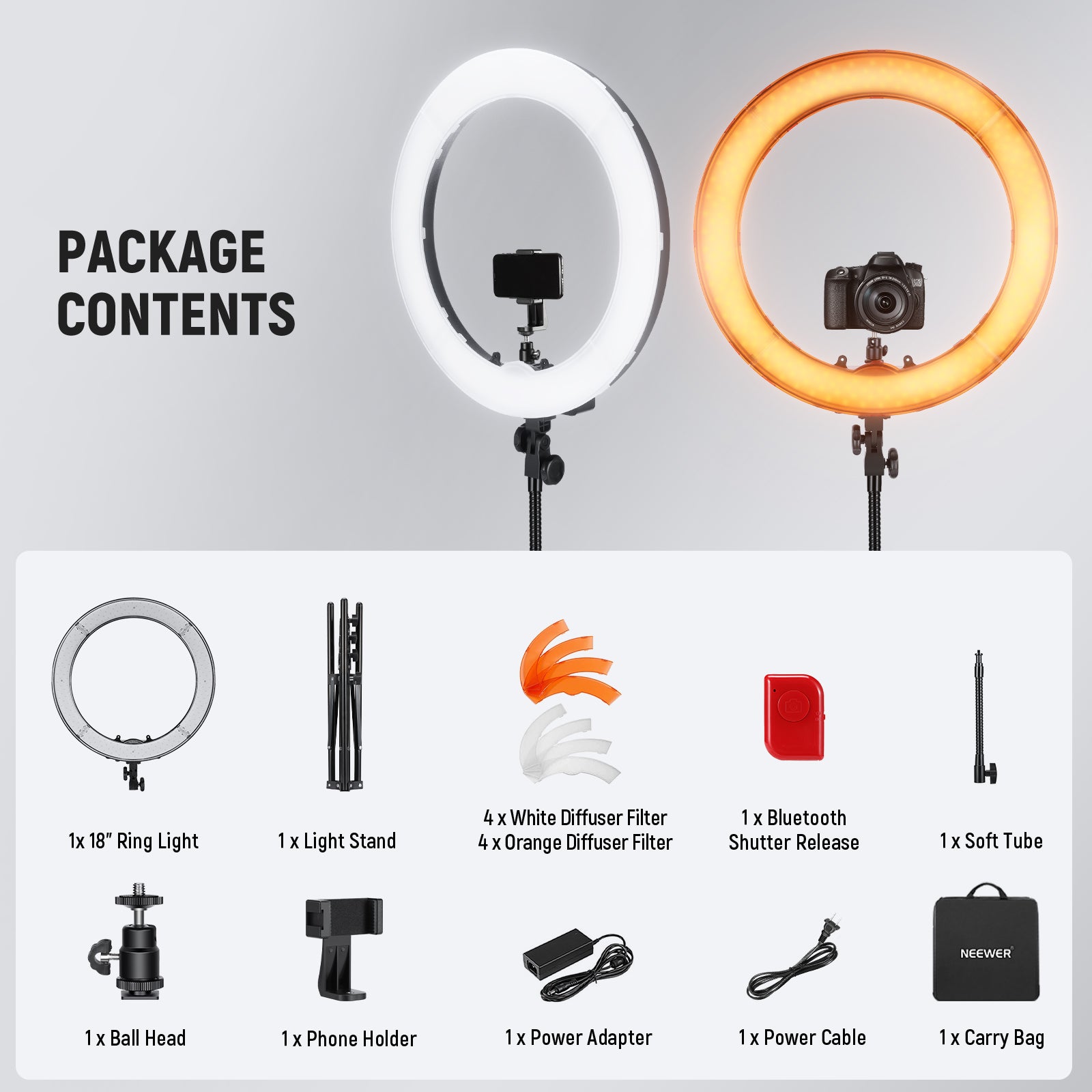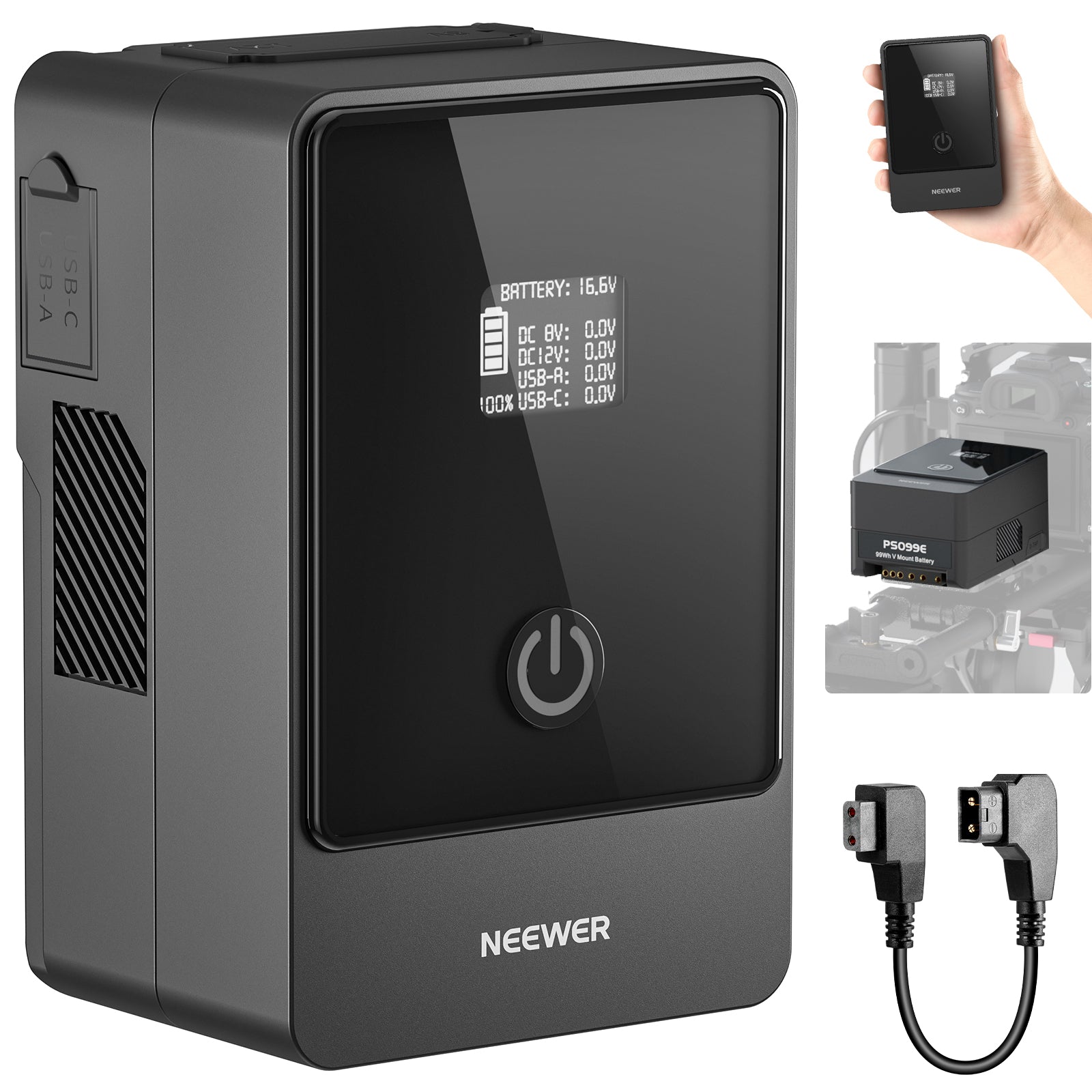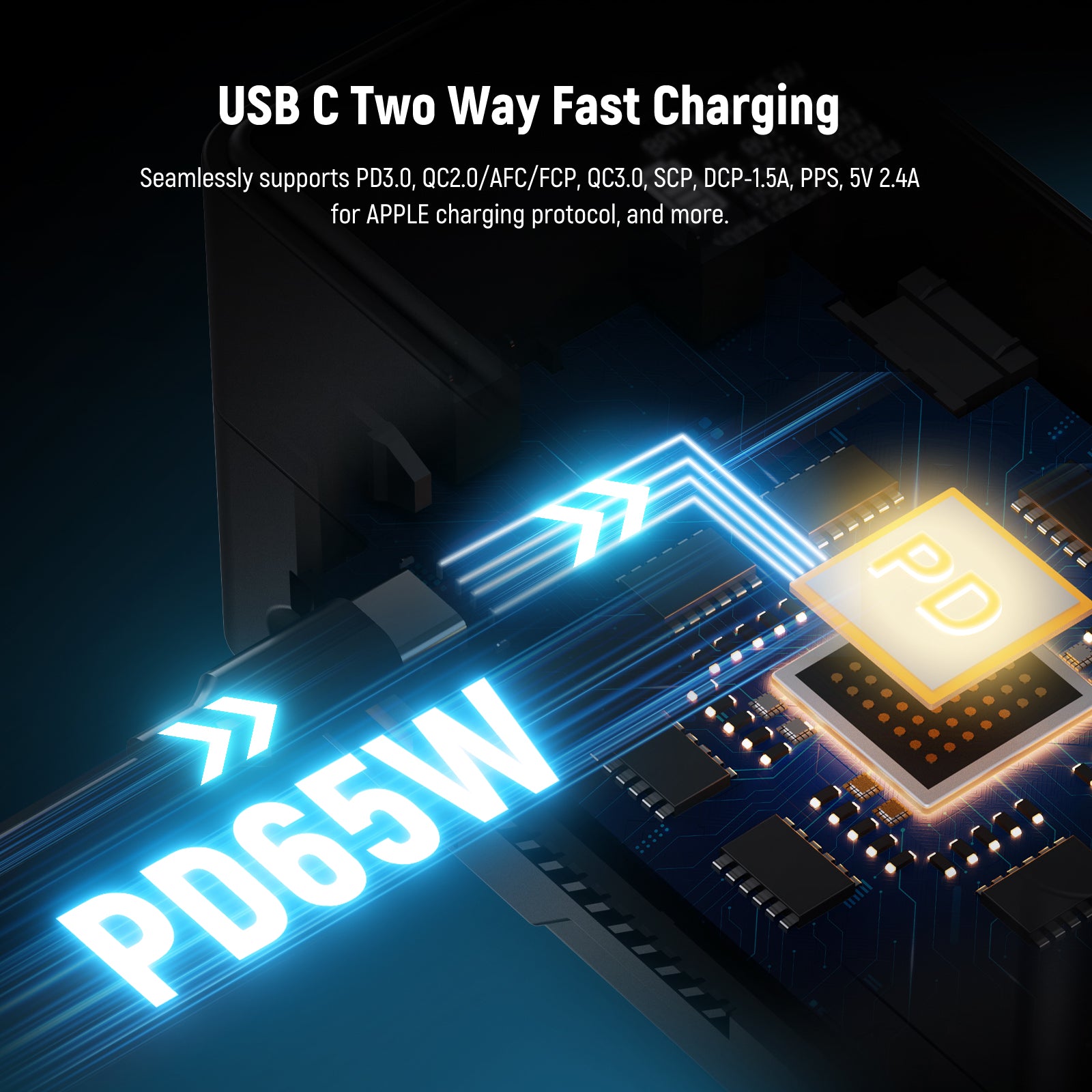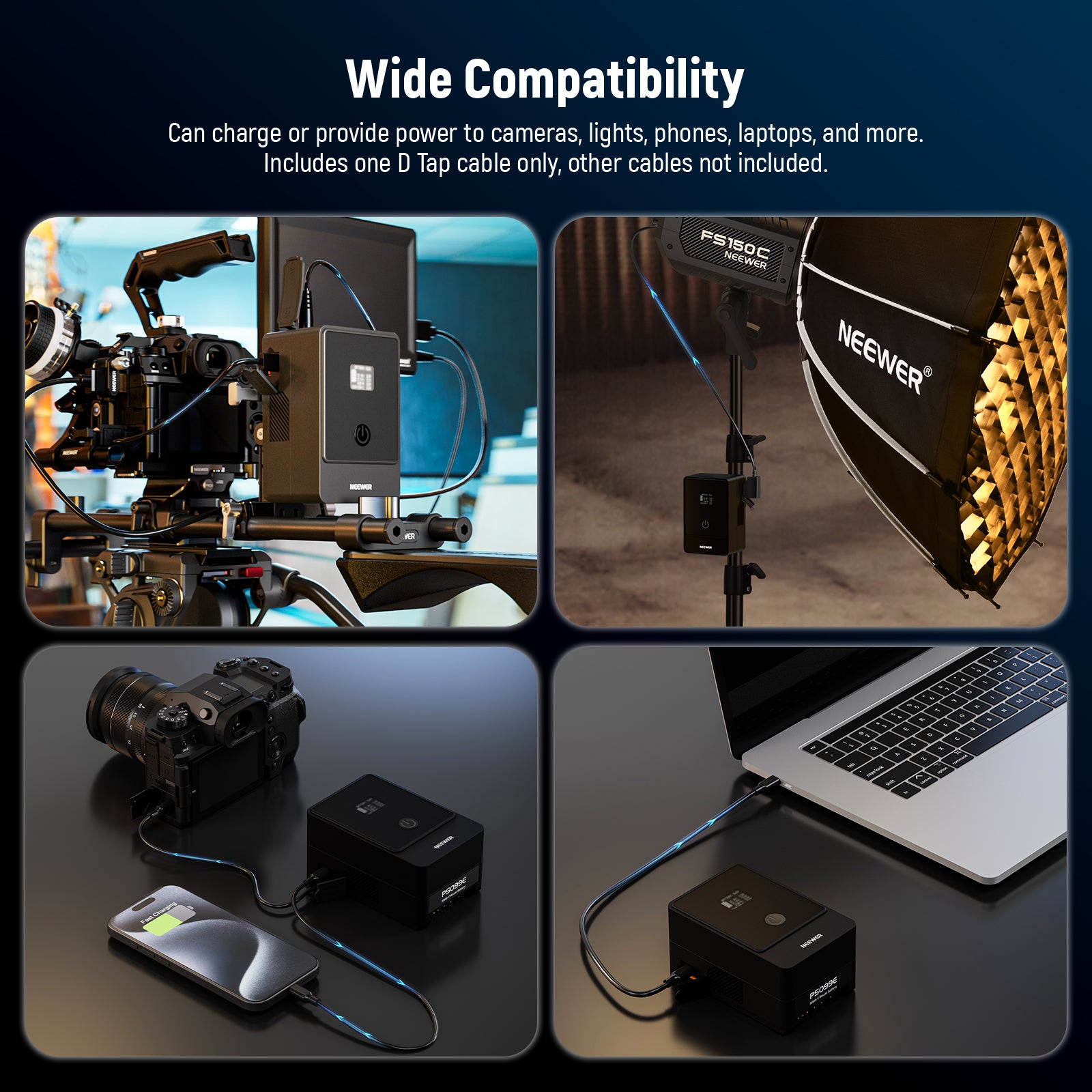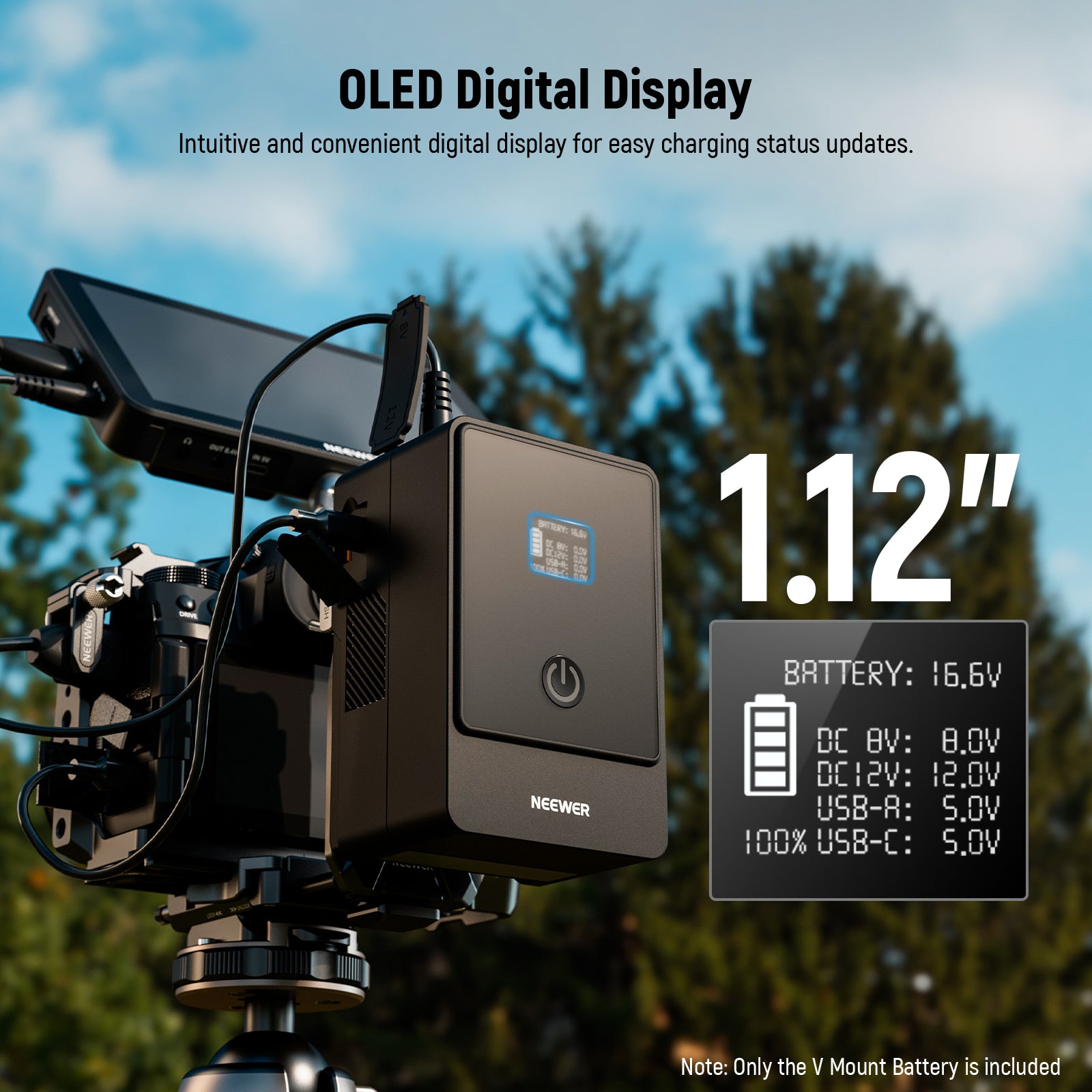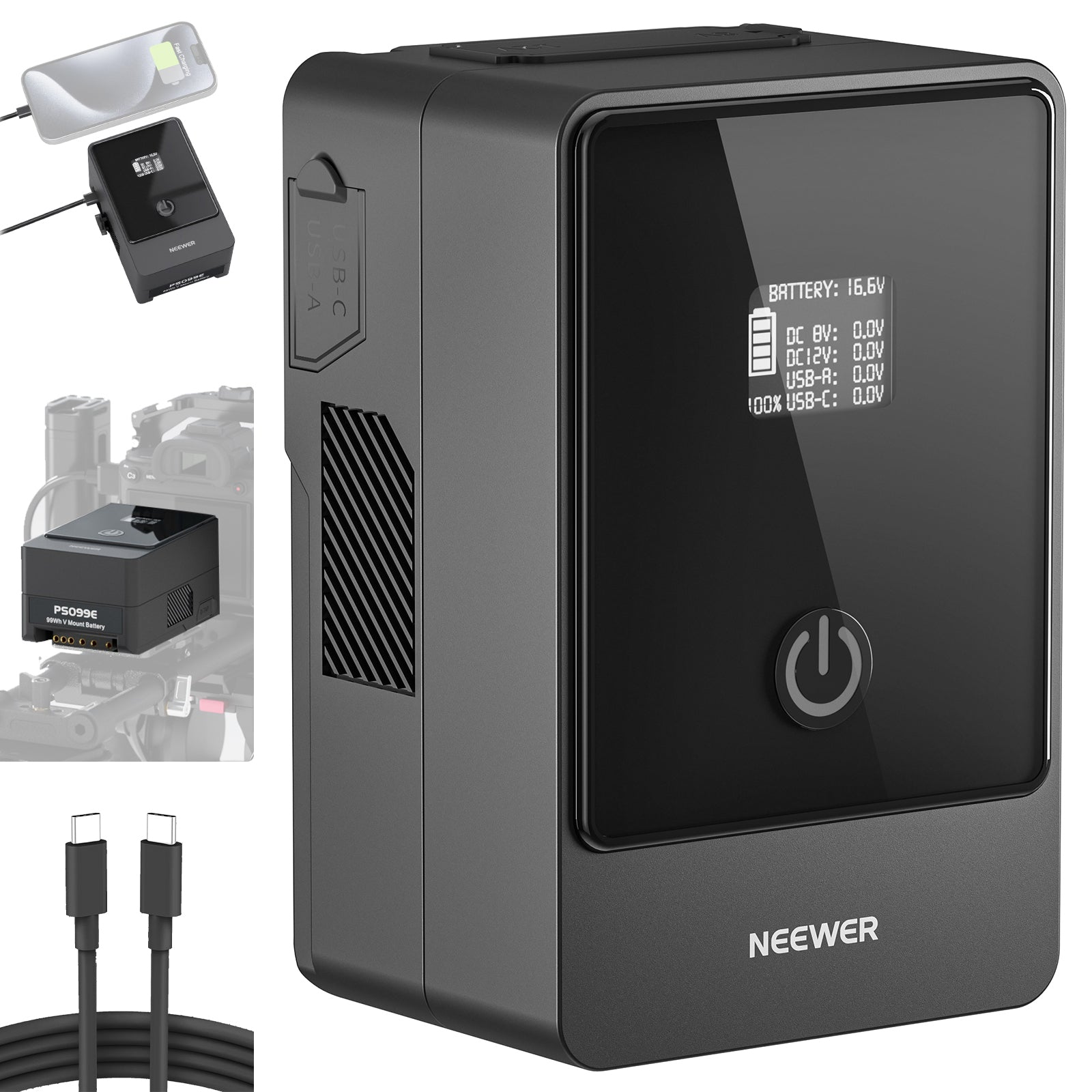Table of Contents
Reflectors in photography can effectively regulate the direction and intensity of light, and play a role in enhancing the sense of stereoscopic and detailed expression of the photographic subject. The role of different types of reflectors will have some differences, for example, silver reflectors can provide strong light reflection, while gold reflectors can create a warm light effect, suitable for food photography.
In this post, we will explore the reflector's meaning, functions, and differences between it and a softbox. It can help you learn more about it.
What Is a Reflector in Photography?

In photography, a reflector is a tool used to redirect light onto a subject. It is typically a flat or slightly curved surface made of reflective material that helps manage lighting conditions by bouncing existing light, such as sunlight or artificial light, to fill shadows, reduce contrast, or create specific effects.
What Do Reflectors Do in Photography?

-
Filling Shadows
Reflectors are commonly used to brighten shadowed areas of a subject by bouncing light into them. For example, sunlight from one side in outdoor portrait photography can create harsh shadows on the face. A white or silver reflector opposite the light source can fill those shadows, making the face appear evenly lit. It is especially important for high-contrast scenes. By reducing shadow intensity, reflectors help create a more balanced and flattering look. Without them, the subject might look unevenly lit or overly dramatic.
-
Softening Light
Harsh, direct light often creates unflattering results, like strong shadows or harsh highlights. A reflector softens this light by redirecting it indirectly onto the subject. For instance, in a studio setting, a silver reflector placed near a strong artificial light can diffuse the brightness and create a softer glow on the subject’s skin. Similarly, in natural light, bouncing sunlight through a translucent reflector softens it, making it ideal for portrait or fashion photography. This soft light reduces imperfections and adds a more natural look to the image, enhancing its overall aesthetic.
-
Enhancing Highlights
Reflectors can add eye-catching highlights to specific areas of a subject's face, such as eyes, hair, or shiny surfaces in product photography. In portrait photography, placing a silver reflector at an angle to a subject's face creates a catchlight over their eyes, making them sparkle and adding vibrancy to the image. In product photography, gold reflectors can highlight metallic details, emphasizing texture and richness. By strategically placing reflectors, photographers can draw attention to important areas, enhancing visual appeal and directing the viewer's focus.
-
Balancing Light
In situations of uneven light, reflectors help to balance the exposure of the subject and ensure a more balanced shot. For example, when photographing a person standing half in the sun and half in the shade, using a reflector in the shade brightens it up to match the sunlit side. This technique is crucial in outdoor photography where natural light sources are unpredictable. Without a reflector, some parts of the subject may appear too dark or overexposed, making the image less polished. By balancing the light, the photographer can achieve a harmonious, professional composition.
-
Adding Warm or Cool Tones
Reflectors with colored surfaces can alter the tone of the light, adding warmth or coolness to the scene. For instance, a gold reflector adds a warm, golden hue, which is perfect for simulating sunset lighting or enhancing skin tones in portraits. On the other hand, a silver reflector creates a cooler and brighter effect, often used to emphasize crisp details in product photography or create a dramatic mood. This ability to change the light's color tone allows photographers to match the lighting to the desired mood or enhance specific elements in the image.
-
Shaping Light Direction
Reflectors give photographers precise control over the direction of light, allowing them to emphasize or de-emphasize parts of the composition. For example, in food photography, a reflector can direct light to highlight textures and colors on the dish, making it look more appetizing. Similarly, in portrait photography, a reflector can bounce light to one side of the subject’s face, creating a dramatic or cinematic effect. This control over light placement enables photographers to craft specific atmospheres and direct the viewer's attention to key areas of the image.
-
Diffusing Light
Translucent reflectors, often used as diffusers, scatter light evenly and reduce its intensity. This is particularly useful when photographing in direct sunlight, where the light can be too harsh. By placing a translucent reflector between the sun and the subject, the light is softened, producing a more flattering and even illumination. For example, in outdoor portrait photography, this technique prevents harsh shadows and overexposed highlights on the subject's face. Diffused light is also ideal for close-up shots, as it minimizes glare and preserves details, making it a staple in both portrait and product photography.
When to Use a Reflector in Photography?

- In situations where natural or artificial light is limited, a silver reflector can be used to maximize the available light.
- When you want to enhance the mood of an image, reflectors with colored surfaces can help.
- When you need precise control over where the light falls, such as highlighting a subject’s face or emphasizing details in food photography, reflectors are essential.
- Reflectors are often used in studio photography to enhance or soften artificial lighting.
- Portrait photography benefits greatly from reflectors, as they can fill shadows under the chin, brighten the eyes with catchlights, or add dimension to the subject’s features.
- When shooting products, reflectors help illuminate details and reduce uneven lighting.
- Reflectors can be used creatively to enhance artistic photos.
Types of Reflectors in Photography
|
Type of Reflector |
Features |
Best Used For |
|
White Reflector |
Neutral surface that reflects soft, even light. |
Filling shadows, creating natural, even lighting in portraits and product photography. |
|
Silver Reflector |
High-reflection, cool-toned surface for intense, bright light. |
Enhancing highlights, creating contrast, and working in low-light conditions. Ideal for fashion and product photography. |
|
Gold Reflector |
Reflects warm, golden-toned light, mimicking sunlight. |
Portraits, warming up skin tones, simulating sunset or golden hour light. |
|
Black Reflector |
Absorbs light, reducing intensity and creating shadows. |
Deepening shadows, increasing contrast, and controlling unwanted light. |
|
Translucent Reflector |
Semi-transparent, diffuses and softens harsh light. |
Softening harsh light, reducing shadows, and creating flattering, even illumination. Ideal for outdoor and portrait shoots. |
|
Blue Reflector |
Reflects a cool, blue tone, adding a distinct color effect. |
Creating a cool, dramatic mood, simulating twilight or a stylized effect. |
|
Green Reflector |
Reflects a greenish tint, adding an unusual color effect. |
Creating specific moods or effects, such as a sickly or surreal appearance. |
|
Silver/White Reflector (2-in-1) |
One side is silver, and the other side is white for different reflections. |
Providing flexibility to choose between a cool or neutral light, ideal for various lighting situations. |
|
Gold/White Reflector (2-in-1) |
One side is gold, the other side white for varying warmth. |
Adding warmth or neutral light is especially useful for portraits and skin tones. |
|
Multiple surfaces (gold, silver, white, black, translucent) for versatility. |
Adapting to various lighting needs on-the-go; ideal for studio and outdoor shoots with multiple lighting conditions. |
|
|
Lightweight, foldable design for easy transport and storage. |
Convenient for on-location shoots or when space and portability are important. |
Reflector vs. Softbox

|
Aspect |
Reflector |
|
|
Function |
Bounces existing light (natural or artificial) onto the subject. |
Diffuses light to soften and spread it evenly over the subject. |
|
Light Quality |
Reflects light without changing its quality significantly (unless using a colored reflector). |
Softens light, creating a softer, more even illumination, reducing harsh shadows. |
|
Control |
Offers less control over the direction of light, as it simply bounces light in the area it faces. |
Provides more control over the direction and spread of light, creating a controlled, soft light source. |
|
Light Intensity |
Can increase light intensity by reflecting it to the subject, making it brighter. |
Softens light, often reducing its intensity and creating a more gentle, flattering light. |
|
Portability |
Lightweight and highly portable. Easy to carry and set up on location. |
Larger and bulkier, typically requires a light stand and more space to set up. |
|
Cost |
Generally less expensive. |
Can be more expensive due to materials and the need for a light source. |
|
Usage |
Best for filling shadows, enhancing highlights, and reflecting light in various directions. |
Best for creating soft, even light for portraits, fashion, and product photography, ideal for close-ups. |
|
Setup Time |
Quick and easy to set up, often requiring minimal equipment. |
Requires more setup time, as it involves mounting the light source and positioning the softbox. |
|
Size |
Comes in a variety of sizes, usually smaller and more portable. |
Typically larger, creating a larger light source and softer shadows. |
|
Lighting Effect |
Reflectors create a more direct, high-contrast look depending on their material and placement. |
Softboxes provide a flattering, diffused light with soft shadows, often used for a professional look. |

